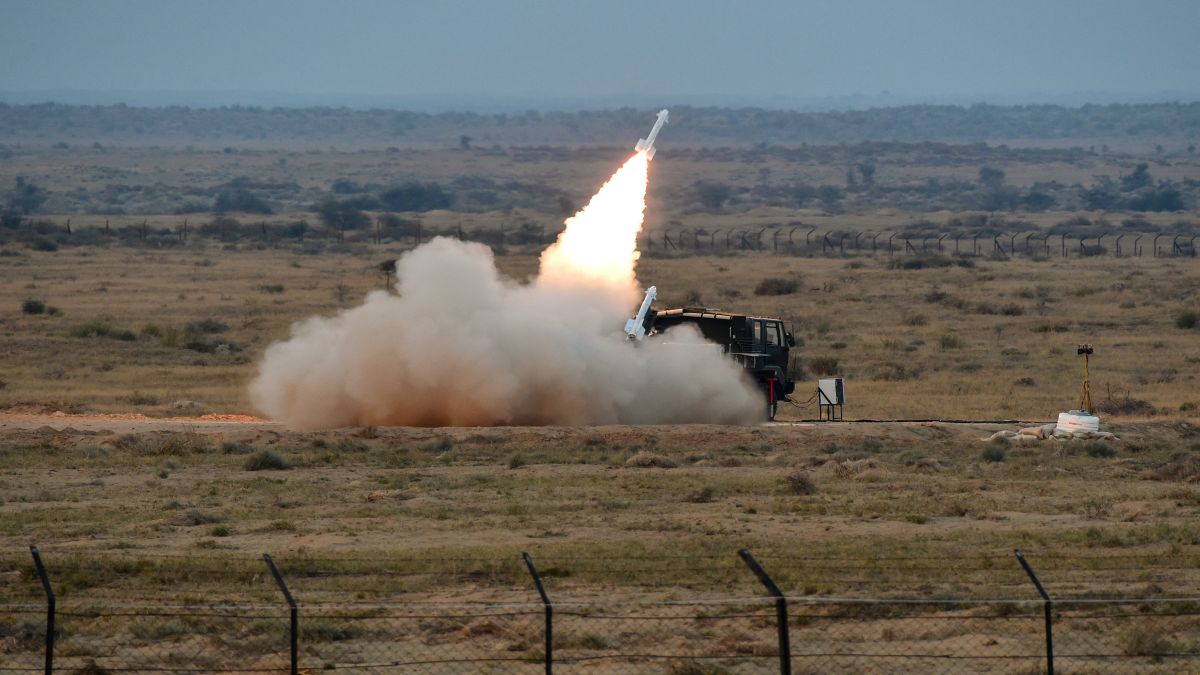Amid the simmering tensions between India and Pakistan, reports are emerging that the Indian Army is preparing to fill the gaps in the air surveillance network along the northern and western borders. Here’s how
Amid the simmering tensions between India and Pakistan, reports are emerging that the Indian Army is preparing to fill the gaps in the air surveillance network along the northern and western borders. To prevent the infiltration of camouflaged surveillance and attack UAVs from Pakistan, the Army is planning to set up advanced radars, The Indian Express reported.
As per the report, the new radar system that the Army is planning to procure is designed to detect, track and engage aerial objects with a low radar cross-section (RCS). This makes them harder to spot. Sources close to the matter told The Indian Express that these systems will be integrated into the Army’s Akashteer air defence network.
It aims to provide battlefield commanders with a sharper vision in the sky and a faster response against hostile drones or other aerial objects. According to The Indian Express, the Indian Army has sought to procure up to 45 Low Level Light Weight Radars (Enhanced) (LLLR-E) and up to 48 Air Defence Fire Control Radar-Drone Detectors (ADFCR-DD).
What the plan looks like
In a separate Request for Information (RFI), the Army has also called for 10 Low Level Light Weight Radars (Improved) (LLLR-I), a surveillance system designed to scan airspace, detect and track targets (including those with very low RCS), and prioritise them based on threat.
It is pertinent to note that the Army’s RFI notes that during Operation Sindoor, Pakistan relied heavily on drone swarms for surveillance and for attempting to damage both civilian and defence installations.
While the existing defence guns like L/70, ZU 28 and Schilka performed “exceptionally well” against these threats, the Army maintained that using them with modern fire control radars, capable of detecting, identifying, classifying, and controlling weapon systems, would make threat neutralisation more offensive.
According to the Army, the new fire control systems should be able to process target data from multiple radars and electro-optical systems, compute firing solutions, and send this information to gun systems and shoulder-fired air defence missiles, The Indian Express reported.
End of Article

)

